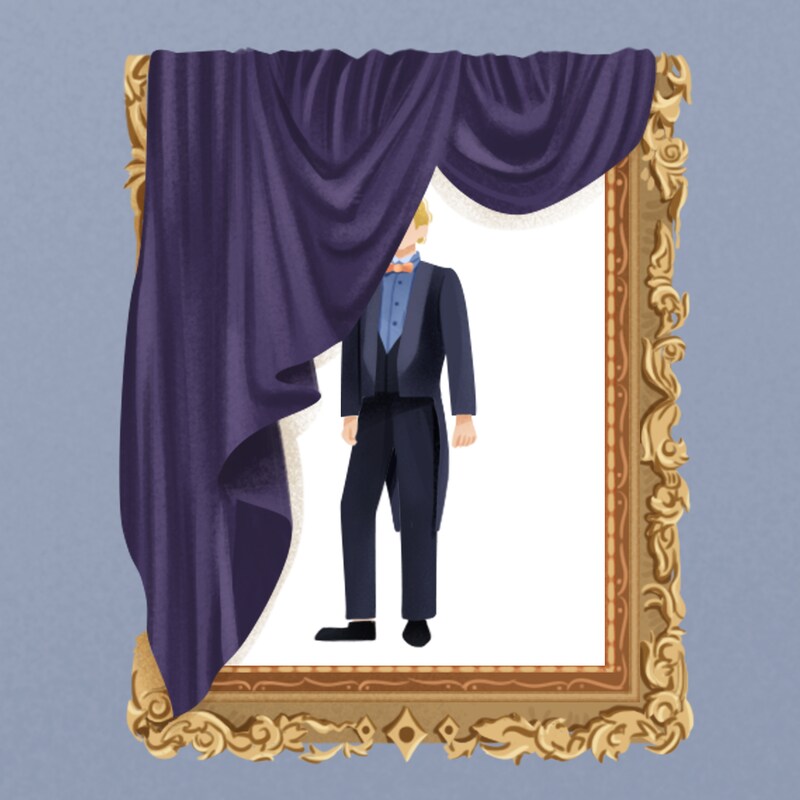The Picture of Dorian Gray Full Summary and Review by Oscar Wilde
This novel recounts the story of a handsome, aristocratic youth by the name of Dorian Gray. He wished a spell on his portrait that he would retain eternal youth – a wish that ultimately came true. Thereafter, he indulged without restraint in his sensual desires. Time passed, and Dorian’s beautiful looks were unchanged by time. Meanwhile, his portrait grew more hideous day by day. Finally, aiming to destroy the traces of his life of sin contained in the portrait, Dorian stabs the canvas with a knife, resulting in his own mysterious death. In death, Dorian’s corpse transforms, becoming hideous and old. His painted portrait has its beauty restored.
Overview | Chapter 1
Hi, welcome to Bookey. Today for you, we will unlock the book The Picture of Dorian Gray. The book was the only full-length novel written by Oscar Wilde, the Irish dramatist and writer who settled in Britain. Oscar Wilde was born in Dublin, Ireland, into a prestigious family. His father was a surgeon, and his mother a poet and writer. Wilde was renowned for his flamboyant dressing style and his words of wit. He lived by his own rules and adopted a fearless lifestyle, restlessly moving between scandalous homosexual lovers and his respected family. Finally, due to his refusal to disavow his homosexuality, he ended up in jail. A pioneering voice in the field of Aestheticism, at the close of the 19th century ,Wilde was England’s most maverick genius. Oscar Wilde flourished in a British society that was governed by strict proprieties, moral and ethical codes. Everything that anyone said and did was subject to harsh restrictions. Art and literature were subject to even greater scrutiny. Slight deviations from the norms were deemed perverse, unorthodox and unacceptable. At the time, society’s prevailing view was that the value of literature and the arts lay entirely in their ability to affect people’s values through their thoughts and emotions. Consequently, art would influence people’s behavior. Fundamentally, literature and the arts were a tool for moral instruction. As such, the arts were deemed to command great educational utility. Wilde felt deep resentment towards this artistic ethos. He felt that this type of artwork crushed the artist’s imagination and destroyed the pure beauty of art; it violated art’s essence. The Picture of Dorian Gray is precisely a retaliation against such a utilitarian view of art. The novel tells the story of an aristocratic youth Dorian Gray, who is handsome in his appearance and pure at heart. But, under the seduction of a hedonist, Lord Henry Wotton, he makes a pact, trading his portrait image for his soul in exchange for eternal youth. Blessed with youth without consequence, Dorian Gray descends into an abyss of sin and evil. On account of its evocation of moral issues, the novel’s publication stirred much controversy in Britain. Wilde himself was ambivalent. He never explicitly stated his own position. However, the British literary establishment dubbed the novel “a tale spawned from the leprous literature of the French decadents—a poisonous book, the atmosphere of which is heavy with the mephitic odors of moral and spiritual putrefaction—a gloating study of the mental and physical corruption of a fresh, fair and golden youth”. Thereafter, Wilde’s novel was forever regarded as proof of his desire to attack and damage social mores. In the novel’s preface, Wilde offered a retort to public censure. He wrote: “There is no such thing as a moral or immoral book. Books are well-written, or badly written. That is all.” So, what sort of story lies within the pages of this book? Why did it provoke such fiery debate? We will now interpret this book for you in the following three parts: In Part One, we will summarize the novel’s plot; In Part Two, we will provide an in-depth analysis of the novel’s key characters; In Part Three, we will interpret Wilde’s perspectives on art as it is embodied in the novel.



